Uncover how DePIN merges cutting-edge technology with real-world applications, driving a transformation towards infrastructure management that is more efficient, equitable, and community-centric. Additionally, we'll delve into how U2U Network is spearheading innovation in the DePIN landscape.
Table of Contents
- What is DePIN?
- U2U Network's DePIN ecosystem
- U2DPN - Decentralized network for secure, passive income
- How does DePIN work? The “Sharing Economy” and how DePIN revolutionized it
- The benefits of DePIN
- How DePIN is shaping the future of Web3
- Unicorn Ultra Network’s role in spearheading DePIN innovations
What is DePIN?
DePIN stands for Decentralized Physical Infrastructure Network, an innovative approach to managing and operating physical infrastructure systems. DePIN can be referred to as “Networks that use crypto-incentives to efficiently coordinate the buildout & operation of critical infrastructure.” This "Infrastructure" can be anything from WiFi hotspots in wireless networks to solar-powered home batteries in energy networks.
DePIN is only a recently emerging concept. From Proof of Physical Work (PoPW) to Token Incentivized Physical Networks (TIPIN) and EdgeFi, it was only until Nov 5th, 2022 that DePIN was finally given a name, ironically via a casual Twitter poll by Messari. Messari also became the first to reference it as DePIN in a research piece, saying it would "be one of the most important areas of crypto investment for the next decade”. From there onwards, DePIN was set to inevitably become an explosive narrative in Web3, and arguably one of the best use cases in crypto, ever.
DePIN Network Flywheel
DePIN projects, which utilize tokens, can create a powerful growth cycle. As more people use the network, the demand for its tokens increases, driving up their prices. This price increase, often fueled by mechanisms like token burns or buybacks, incentivizes contributors to further develop the network as the value of their rewards grows.
This creates a self-reinforcing loop: increased usage leads to higher token prices, which attracts more contributors, who in turn expand the network and increase usage even more. Additionally, the rising token value and growing network often attract investors, providing further funding for development.
Open-source projects or those that make data public can further amplify this growth. Developers can build decentralized applications (DApps) on top of the network, creating even more value and attracting new users and contributors. This expands the ecosystem, making it more robust and appealing.

This blockchain foundation offers several advantages. First, it promotes transparency by making all transactions and decisions publicly verifiable. Second, it reduces reliance on a single authority, making the network less vulnerable to control or manipulation. Finally, by empowering participants as decision-makers, DePIN fosters a dynamic and efficient community that can manage the platform effectively.
DePINs can be categorized into two main types
- Physical Resource Networks (PRNs): These networks involve location-based hardware resources, such as connectivity, mobility, and energy, which are non-fungible and localized.
- Digital Resource Networks (DRNs): These networks consist of fungible digital resources like computing power, shared bandwidth, or storage facilities, which are not tied to a specific location
With the above outstanding advantages, DePIN has become a craze attracting the attention of many businesses and technology investors. Among them, U2U Network - a decentralized network using DAG technology, provides DePIN application products with higher transaction processing efficiency, strong scalability, and enhanced security. U2U Network’s DePIN Subnet Ecosystem offers comprehensive services perfectly fit for the DePIN Projects.
U2U Network's DePIN ecosystem
The U2U Network's DePIN ecosystem offers solutions across various fields, including telecommunications and data storage. By integrating blockchain technology, DePIN enhances infrastructure management and operations, reduces costs, increases transparency, and empowers users.
- Distributed Private Networks (DPN): DPN decentralize data flow, enhancing privacy and security in online communications.
- Decentralized Identity (DID): DID offers a self-sovereign means for users to prove who they are without relying on centralized authorities.
- Storage: Decentralized storage solutions safely reserve data by eliminating single points of failure
- IoT devices: IoT devices are interconnected gadgets that collect and share data, automating and enhancing everyday tasks.
- Micro-Payment: Decentralized micro-payment systems empower peer-to-peer transactions, reducing reliance on traditional banking intermediaries.
- Data Mining: Decentralized data mining is conducted across distributed datasets, ensuring insights aren't confined to centralized data repositories.

Within this ecosystem, U2U Network focuses on several key components to enhance the structure and functionality of the decentralized internet. In particular, improvements are being made to Web3 services through the development of a Name Service, which provides decentralized domain names for querying the Web3 platform.
This is complemented by a Decentralized Identity system that enhances security and reliability through advanced identity management and KYC processes. The U2U File Storage system supports website hosting and data management, while U2U Generative AI utilizes network data to train AI models. Integrated with Big Data Mining, these technologies create a robust ecosystem for developing AI and IoT applications within DePIN.
A flagship project of U2U Network that exemplifies DePIN in creating private and secure networks is U2PDN. This project not only protects data transmission but also allows users to contribute to the network's infrastructure, earning passive income by sharing unused bandwidth.
U2DPN - Decentralized network for secure, passive income
Powered by Subnet Technology, U2DPN stands out among the many DePIN applications within the Unicorn Ultra Decentralized Network. Subnet Technology grants U2DPN remarkable security and performance, enabling it to manage extensive data traffic efficiently while maintaining on-chain transparency, verifiability, and traceability.
U2DPN functions as a Decentralized Private Network, allowing users to share their unused network bandwidth to earn passive income. Others can then pay-as-they-go to use this bandwidth for enhanced Internet privacy and security, similar to using a VPN.
Unlike traditional VPNs, U2DPN leverages a decentralized network supported by individual bandwidth contributors. This approach provides a more diverse and resilient service, eliminating the risks associated with centralized data breaches.

Most internet resources go unused, but with U2DPN, you can share your bandwidth directly from your phone and earn passive income risk-free. For consumers, U2DPN elevates data privacy and security beyond what traditional VPNs can offer by employing a distributed network structure, which eliminates centralized attacks and data breaches. With U2DPN, not even the service itself can track your online activity.
How does DePIN work? The “Sharing Economy” and how DePIN revolutionized it
DePIN is based on two very fundamental concepts of crypto: Decentralization and Token Economy - the same underlying foundations for essentially every other crypto sector: From Decentralized Finance (DeFi) to GameFi or SocialFi. Thanks to the very nature of blockchain and crypto, we have surprisingly innovated and changed how various models work forever. By using cryptocurrencies as the main driver for economy systems, we have been able to distribute most of the authority and proprietorship back to the users, in ways that were never possible before.
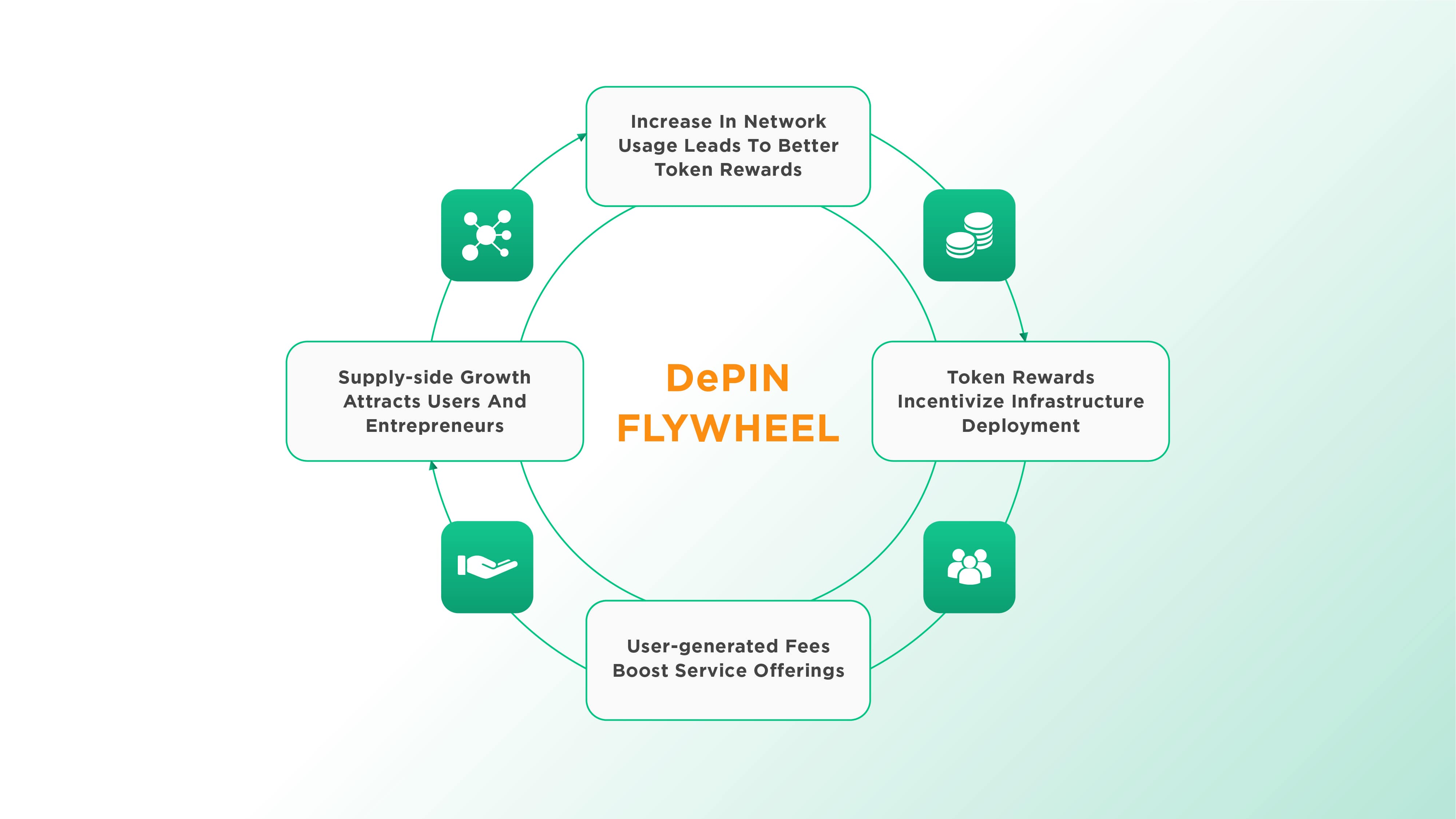
Traditionally, the deployment and management of physical infrastructure like wireless networks, cloud services, mobility networks and power grids has been dominated by 651,958large corporations due to the high capital requirements and logistical challenges associated with projects of this size. As a result, these centralized entities have had a near-monopoly on pricing and services offered to end-users, leading to a lack of competition and innovation. Before, there was a middle ground between fully centralized and fully decentralized infrastructure (DePIN). This concept is called the "Sharing Economy''.
The Sharing Economy is a socio-economic system built around the sharing of resources. This model is facilitated by technology and peer-to-peer interactions, often leveraging digital platforms to connect users. Essentially, the Sharing Economy refers to companies that leverage contributors (and their assets) to provide valuable goods and services, rather than relying on a traditional business model of owning and maintaining a centralized inventory. This approach enables a more efficient utilization of resources and fosters community engagement.
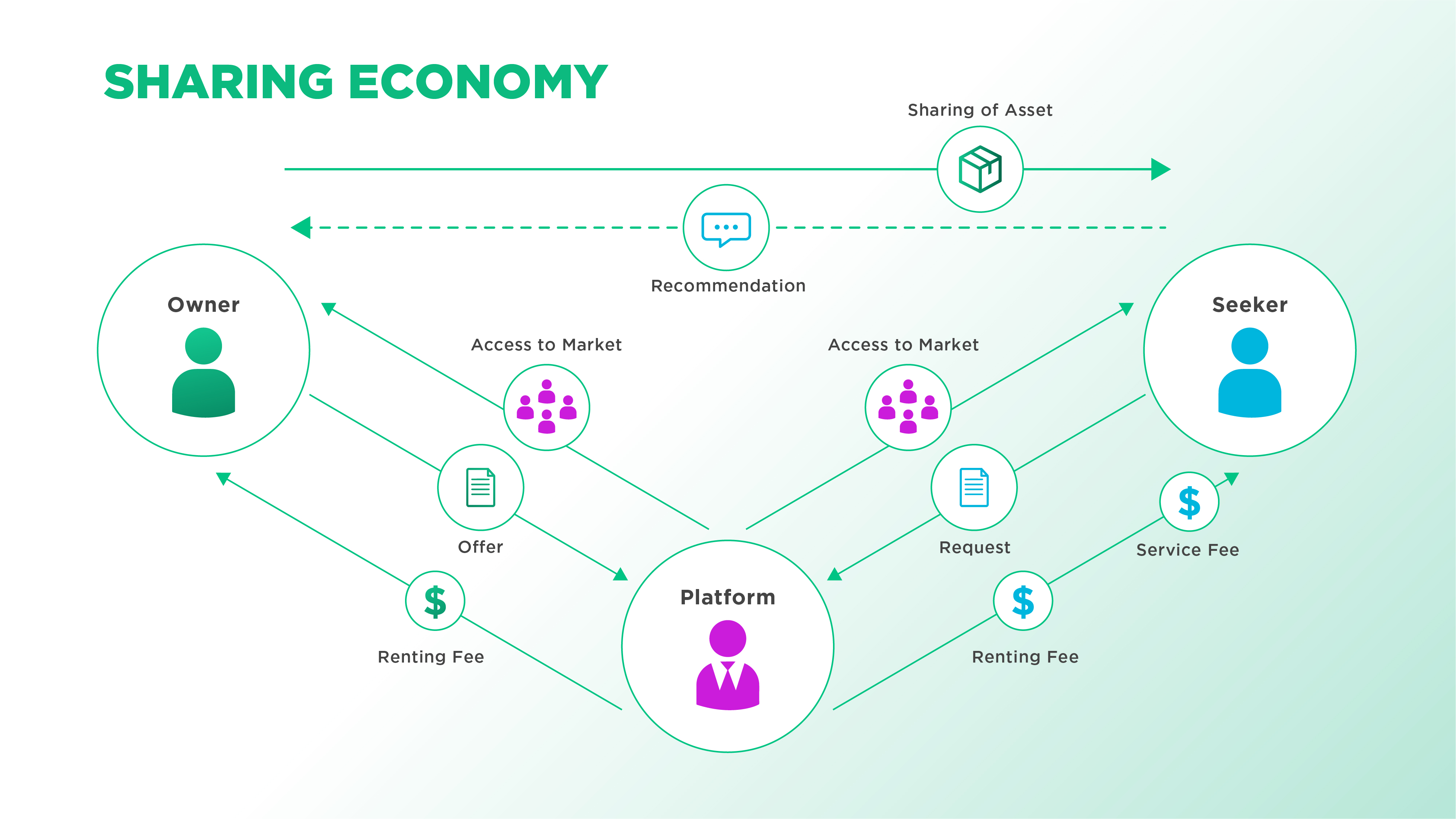
Uber stands as a key example of the Sharing Economy. It's a service that connects drivers with their own cars to people who need rides. This setup means Uber doesn't own the cars; instead, it uses an app to make these connections. This idea has changed the usual taxi service model, making it easier for drivers to work when they want and for riders to get rides more conveniently. Uber shows how using what we already have – like cars – can work better for everyone.
However, because Uber is a centralized entity, the power over its network, drivers, and business remain in the hands of Uber itself. The concept of DePIN aims to evolve the Sharing Economy, as exemplified by companies like Uber, into a more equitable and inclusive model. While Uber's centralized structure concentrates control and decision-making within the company, DePIN advocates for a fully decentralized approach.
This model would empower the individuals and businesses that contribute to the network, giving them a complete fair share of the value they create. By distributing the power and benefits evenly among contributors, DePIN seeks to create a network that is not only shared but also more supportive and beneficial to its participants. Such distribution would not be possible without the Token Economy and Decentralized Ethos that is made available by blockchain technology and crypto, which explains why DePIN has only been a new phenomenon.
The benefits of DePIN
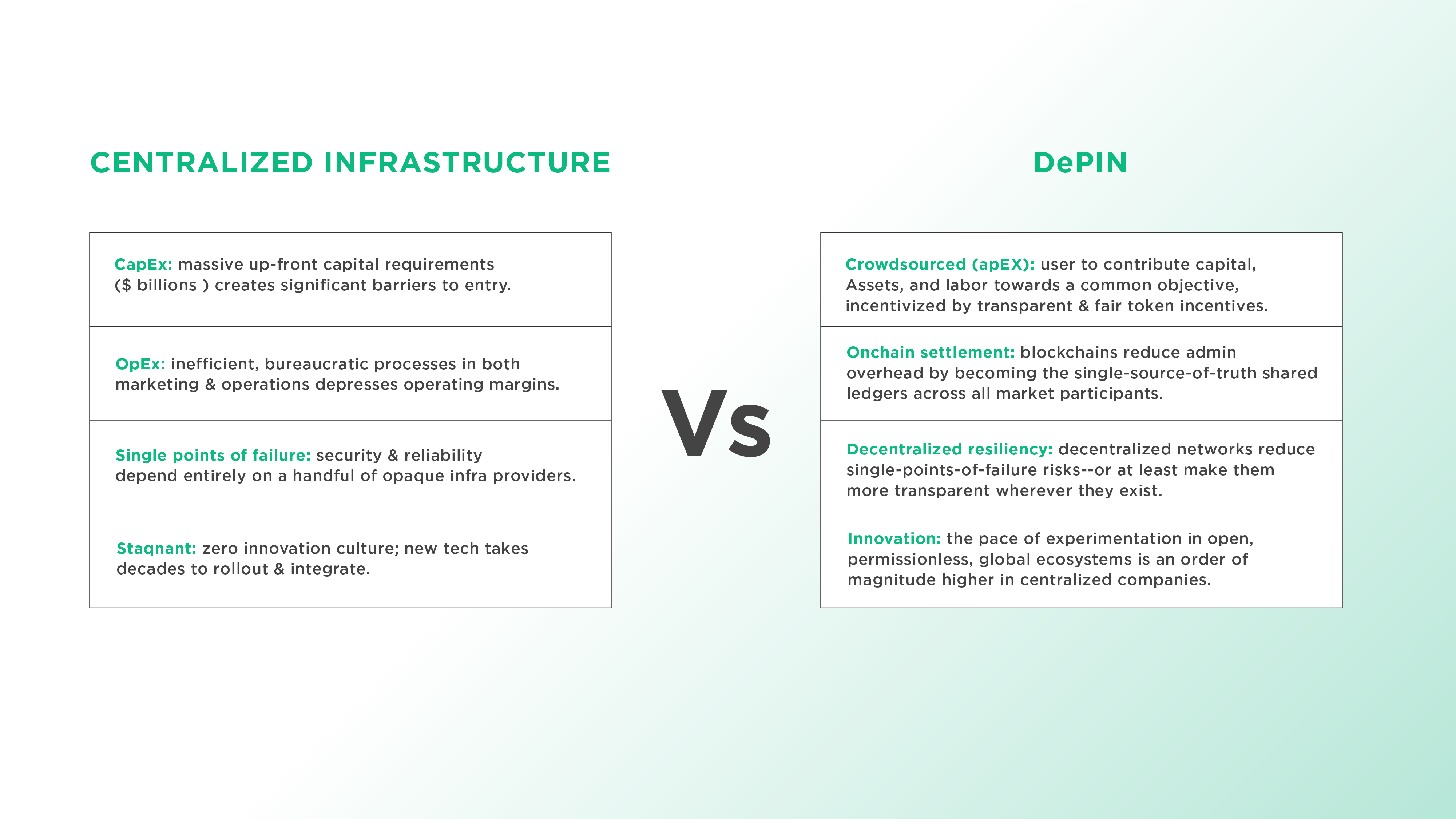
The benefits that DePIN offers are numerous compared to the traditional, centralized approach, which are:
Accelerated Infrastructure Development
Decentralized Physical Infrastructure Networks (DePIN) enable a dramatic reduction in the time required for infrastructure development. Unlike traditional centralized models, DePIN's distributed approach leverages a network of contributors, speeding up processes from planning to execution. This efficiency stems from simultaneous, localized actions that bypass the typical bottlenecks of centralized decision-making.
Hyper-local Market Adaptation
DePIN excels in adapting to local needs. By decentralizing control, the network can respond quickly to the specific requirements of different communities. This localized approach ensures that infrastructure solutions are not only more relevant but also more efficient, as they directly address the unique challenges and opportunities within each area.
Cost-Effectiveness
The decentralized nature of DePIN also leads to significant cost savings. By utilizing local resources and minimizing the need for large, centralized investments, DePIN can reduce expenses associated with infrastructure development and maintenance. This cost-effectiveness makes infrastructure projects more accessible and sustainable, especially in under-resourced areas.
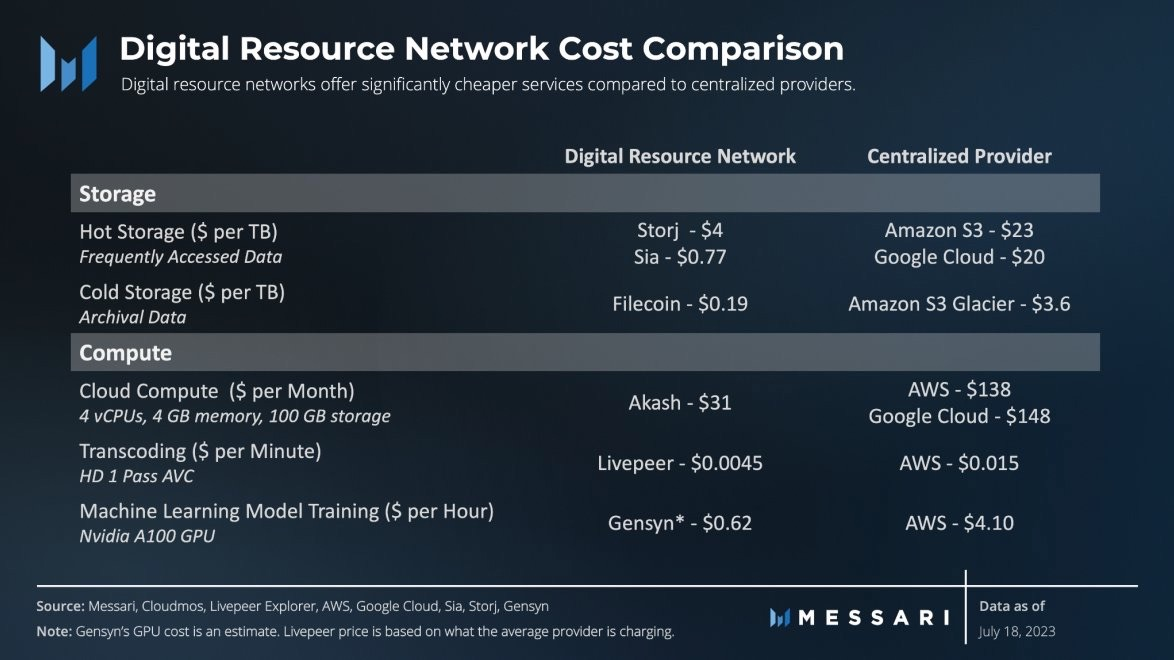
Seamless Scalability Across Jurisdictions
One of the most significant advantages of DePIN is its ability to scale effortlessly across different regions and jurisdictions. The decentralized, permissionless structure allows for expansion without the need for extensive negotiations or bureaucratic approvals, facilitating a quicker and more efficient rollout of infrastructure projects across diverse areas.
Collective Ownership and Credible Neutrality
DePIN operates on a model of collective ownership, where the network is owned and managed by its participants. This structure not only fosters a sense of community and cooperation but also ensures a neutral platform that serves the collective interest. Such an arrangement promotes fairness and trust, as all participants have a stake in the network's success and operation.
How DePIN is shaping the future of Web3?
It is not a coincidence when Messari said that DePIN would become one of the best investment areas in crypto in the next decade. According to the latest statistics, the DePIN ecosystem has grown to over 650 projects in 2023, with over $20 Billion in Market Cap of currently liquid tokens. Within the 6 sub-sectors of DePIN listed by Messari (Compute, AI, Wireless, Services, Sensors, Energy), each one disrupts a $1 Trillion + industry. Messari also stated that the growth of DePIN is powerful enough to add +$10 Trillion to the global GDP over the next decade, and +$100 Trillion in the decade after that. Given these numbers, it is evident that the size of DePIN is still too small compared to its actual potential.
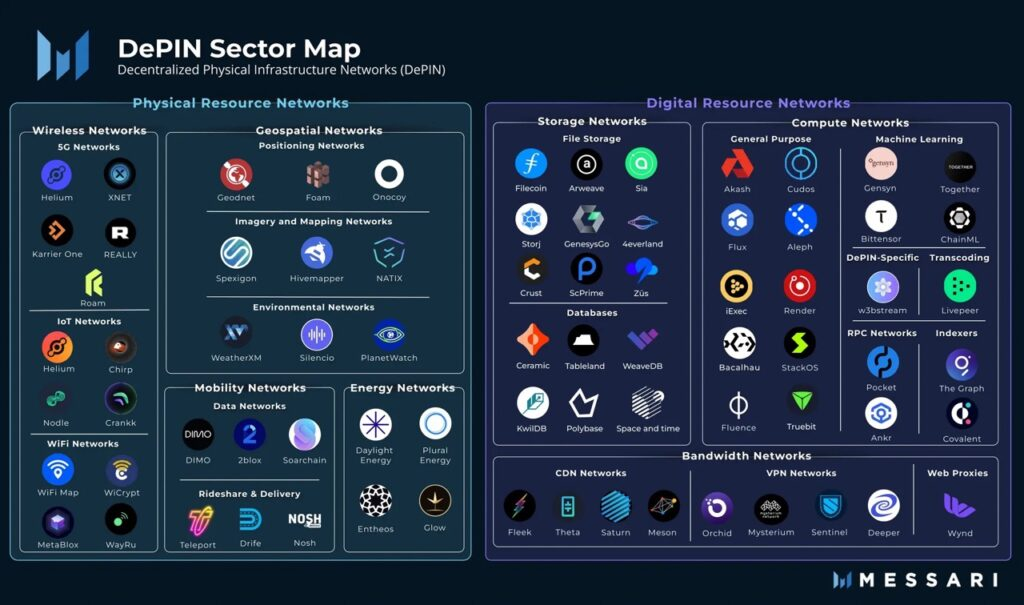
But what makes DePIN one of the biggest use cases of crypto ever is their ability to produce organic revenue, because there are organic demands for using such infrastructure. DePIN is a rare case in crypto that is capable of driving revenue by utility rather than speculation. In the long run, it is not wrong to say that DePIN is at the moment the most sustainable business model in crypto.

The efficiency and resiliency of DePIN have been apparently showcased in the last market cycle. While the broader crypto market faced a steep 70-90% decline, DePIN revenues experienced a much milder drop of only 20-60% from their peak values. While other sectors like DeFi or GameFi may witness exponential growth in bull markets, they are heavily driven by speculation which is not ideal in the long run and significantly trend-oriented. For Web3 to be served to the masses, DePIN seems to be the perfect solution for now.

Unicorn Ultra Network’s role in spearheading DePIN innovations
The vision and mission of Unicorn Ultra Network (U2U Network) are centered around leveraging blockchain technology to develop and enhance DePIN, or what we have referred to as “real-world applications”. This vision is deeply integrated into the fabric of our technological advancements and strategic initiatives.
Central to achieving this vision is our focus on the development of the U2U Subnets technology. U2U Subnets are a critical component of U2U Network's blockchain infrastructure, designed to address the specific needs and challenges of DePIN. These U2U Subnets are essentially layers built on top of the primary blockchain, enabling U2U Network to handle a high volume of transactions and operations without compromising on speed or security. This is particularly important for DePIN applications, which often require the rapid processing and secure management of vast amounts of data.
The essence of U2U Network's approach is to bridge the gap between the potential of blockchain technology and its practical application in everyday life. In the context of DePIN, this involves using blockchain to manage and operate physical infrastructure systems more efficiently and equitably; at the same time, we always keep our community at our heart, and we believe that DePIN is among the best ways for us to distribute the power and ownership back to the contributors. By doing so, Unicorn Ultra Network aims to revolutionize how everyone thinks about and interacts with critical infrastructure, starting with our initial effort of U2 DPN - a Decentralized Private Network that empowers Absolute Privacy with the world’s first ever Mobility Nodes.
With that in mind, U2U Network has carefully positioned for the tremendous growth and rising demand of DePIN in the next few years with a DePIN product pipeline: From Decentralized Data Storage, Decentralized ID, to Matching Engine, Search Engine, Micro Payment, and a lot more.
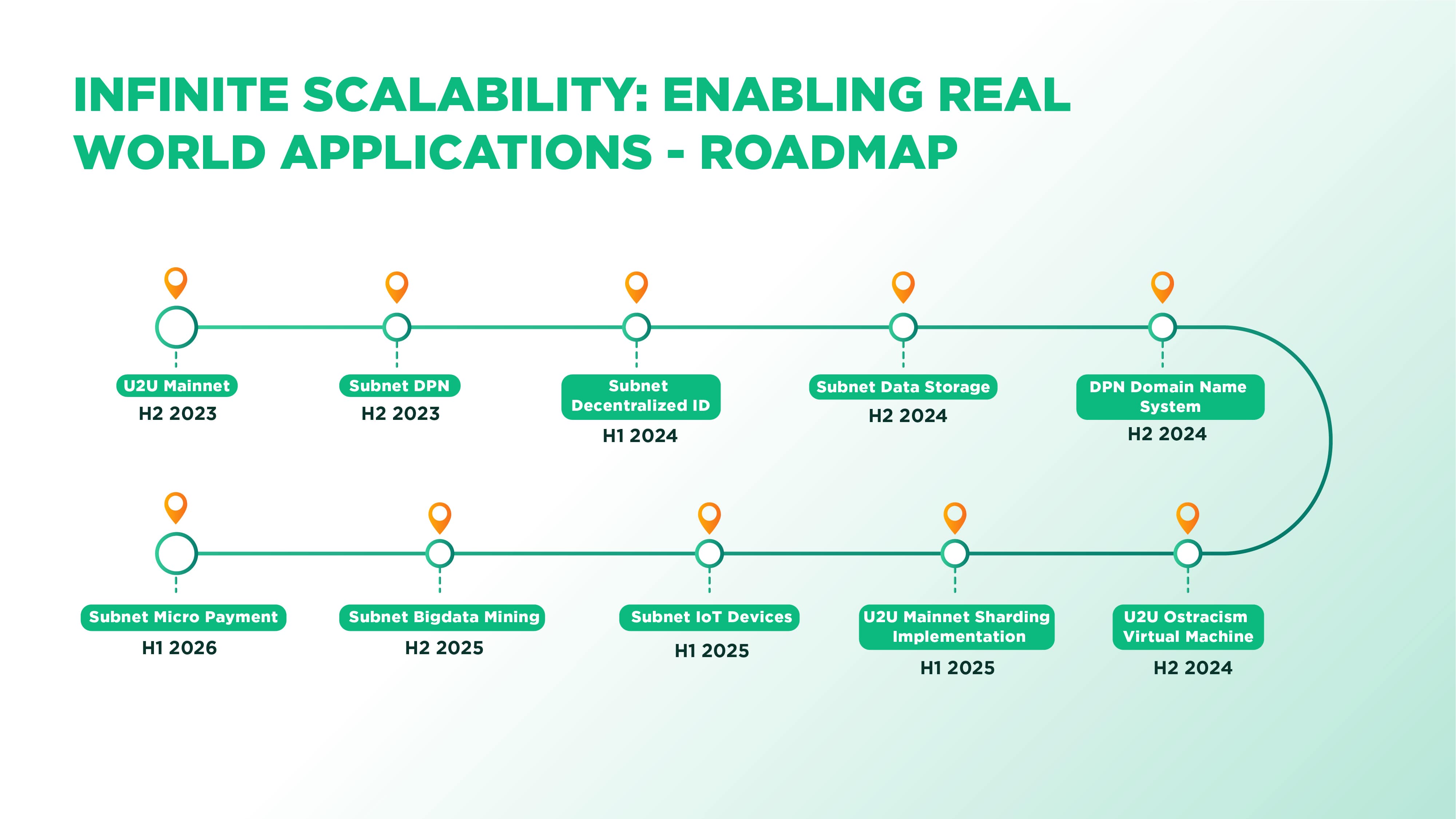
U2U Network's pioneering role in DePIN marks a significant shift in the application of blockchain technology for real-world use. Through the development of U2U Subnets and a comprehensive suite of decentralized services, U2U Network is addressing the technical challenges inherent in DePIN and championing a new era of infrastructure management.
This approach is marked by enhanced efficiency, community empowerment, and equitable distribution of resources and control. As DePIN continues to gain momentum and reshape industries, U2U Network stands at the forefront, driving innovation and setting the course for a more decentralized, sustainable, and interconnected future.


.png)


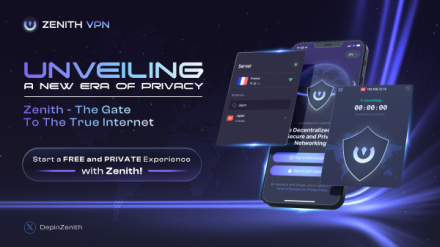
.png)
